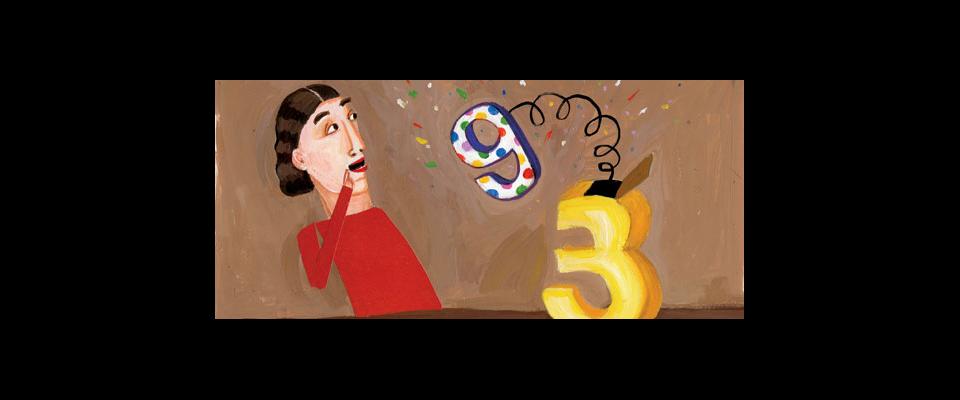Think you know where you stand on the issues? You might be surprised.
Michael Ranney says a single salient statistic—provided it’s both credible and unexpected—can change the way we think and feel about an issue. And he has the research to prove it.
In experiments, Ranney, a cognitive scientist with appointments in both the education and psychology departments, engages his subjects by asking them to estimate a socially relevant value. Then he gives them the real value. For example: Try to estimate the incarceration rate in the United States. How many Americans in 1,000 are currently locked up? What would you guess? Write the number down. Now, state a preference for that number: What do you think the optimal rate of incarceration would be? Finally, ask yourself how high or low the number would have to be to surprise you.
OK…ready? According to a recent report from the Pew Center on the States, the actual figure is just over 1 percent; that is, 1 out of every 99 people in the United States are now behind bars. If that number was close to your estimate, it may elicit nothing more than a yawn. If, on the other hand, it fell outside the range of values you said would not surprise you, then it’s likely to trigger what Ranney calls a “cascade of inferences”—a series of following thoughts, leading you to shift your position in order to accommodate the new information.
To illustrate the practical impact of such a shift, Ranney recounts another experiment in which he asked subjects to divide $100 between research on breast cancer and research on heart disease in women. “Initially, the mean allocation for breast cancer research was around $63. Then we showed them a figure, which is that, according to the data, eight times as many women die of heart disease as die from breast cancer. Once they knew that, they ended up giving more like $37 to breast cancer research and the rest to heart disease.” That marks a significant policy shift, says Ranney. “I sometimes call this the most minimal educational intervention; that is, people think one way, you give them just a single number and suddenly they’re thinking another way.”
Ranney’s research builds on a growing field of study in what is sometimes called “hot cognition”—the intersection of cognition and emotion. As such, the setup is all-important. Explains Ranney: “You really need to ask people to estimate the number first. If you don’t, there’s this thing called ‘hindsight bias’ that allows us to be pretty charitable to ourselves.” With our estimates committed to paper, however, it’s harder for us to kid ourselves.
The exercise of estimating values and stating preferences can itself be revealing. “One of the difficulties with people,” Ranney notes, “is that they position themselves in a relative sense—you know, they’re either pro-immigration or anti-immigration. Because if you think the immigration rate is 10 percent and you want it reduced to 8 percent, you’re anti-immigration, right? But if your friend thinks it’s 1 percent and should go to 2 percent, he thinks he’s pro-immigration, even though he’s advocating a rate that’s four times lower than what you’re advocating.” In fact, Ranney says, the real immigration rate is just 0.4 percent.
Why do numbers—which, after all, merely reflect reality—so often catch us off-guard? To a large extent, Ranney faults our educational system and the media, which he believes should be “providing us with more touchstone numbers.” To help remedy that, he is planning to teach numeracy courses at the Graduate School of Journalism. Last fall, he taught a one-week module called “Numbers, News, and Evidence” to an undergrad writing class; in it, Ranney shared with students his own pick of the “Top 40 Numbers One Should Know (But Many Don’t).” These included such statistical bombshells as your lifetime odds of dying in an automobile accident (1 in 78) and the number of abortions per 1,000 live births (315).
The numeracy module incidentally served as a controlled experiment as well, and the results will be published in the Proceedings of the 2008 International Conference for the Learning Sciences. Ranney explains that one concern he has about most educational interventions is that they’re not well assessed. “We could have just given the class and declared it a success, you know, prima facie. But as a scientist, I didn’t want to risk deluding myself. I wanted numbers.”



















